Media
our media
Explore Our Visual and Informational Resources
Gallery
Visuals showcasing our projects and equipment in action.
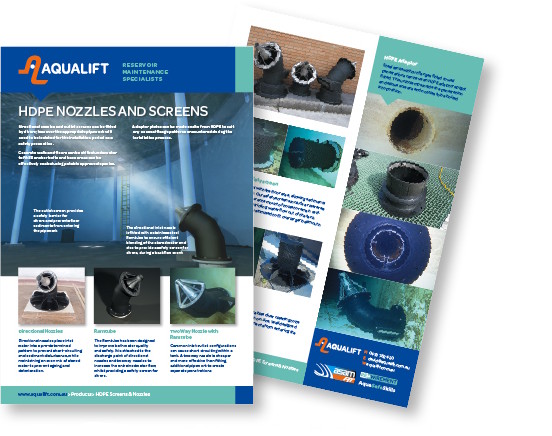
Discover our collection of informative brochures covering essential water safety practices and maintenance insights
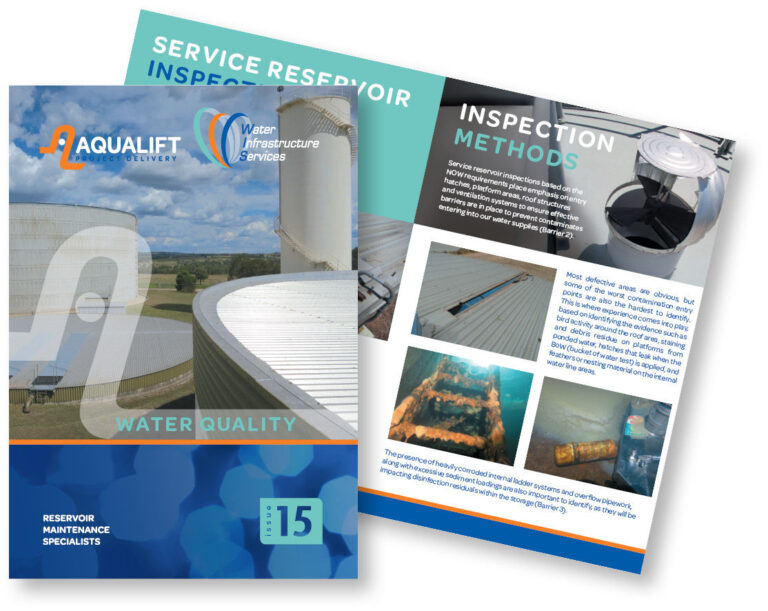
Newsletters
Stay informed with our newsletters, featuring updates, stories and developments within the water industry.

Presentations
Access in-depth presentations that explore critical water management techniques and industry standards.
Information for you
Aqua Facts
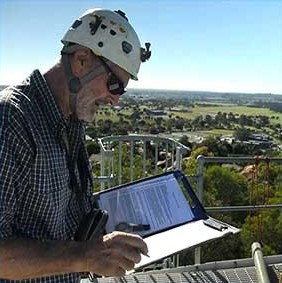
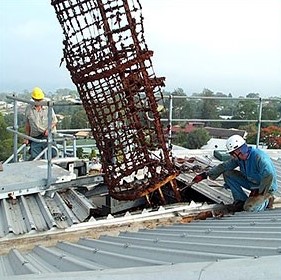
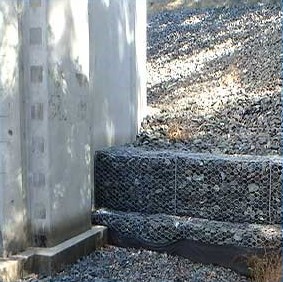
Information for you
Aqua Facts



Testimonials
Why People are Choosing us for Their roofs
“Lorem ipsum dolor sit amet, consectetur adipiscing elit, sed do eiusmod tempor incididunt ut labore et dolore magna aliqua.”

Mack Mcguire
Santa Cruz, CA
“Tincidunt lobortis feugiat vivamus at augue eget arcu dictum varius. Nunc aliquet bibendum enim facilisis gravida neque convallis.”

Ellyn Garzon
Rock, MI
“Purus sit amet luctus venenatis. Scelerisque eu ultrices vitae auctor eu augue ut lectus arcu. Fames ac turpis egestas.”

Nelson Bryant
Bangor, ME